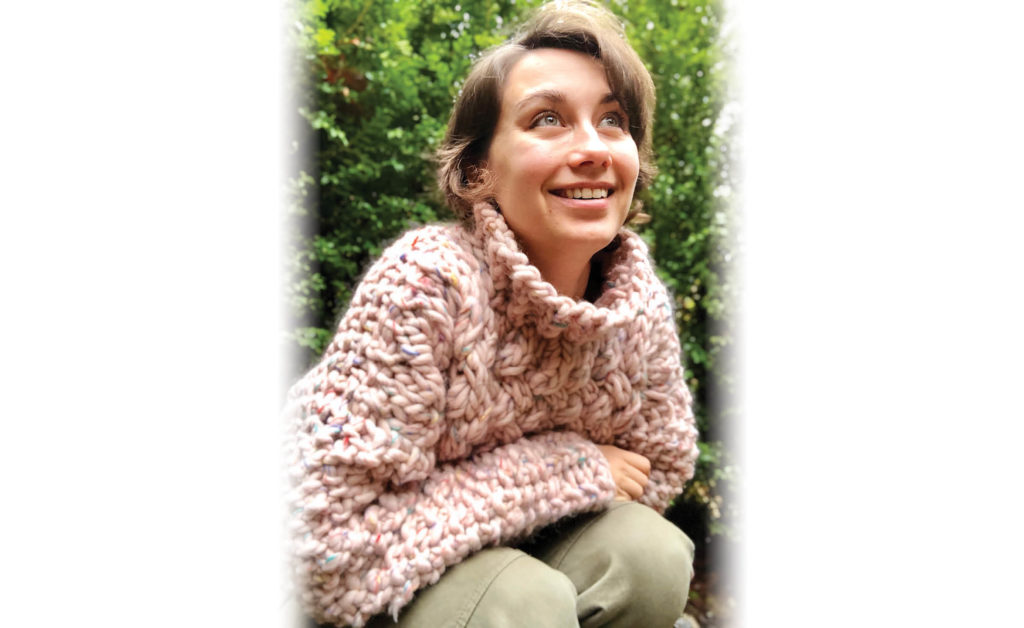by Jenna Falk, Ocean Spray Galiano
In a society that places busyness on a pedestal and prioritizes convenience over longevity, it can feel like you’re walking upstream when you try to stop and do things differently. When it comes to your clothing, nurturing a lifestyle of conscious consumption can be one of the most powerful choices you make as a consumer, with far reaching environmental and social impacts – all for the better.
When you think of the environmental impacts of your lifestyle, what comes to mind? Your annual electricity consumption? Gasoline for your car? Food? These aspects of our resource use do have meaningful environmental impacts. But the elephant in the room is hiding in your closet – literally. The global fashion industry contributes approximately 10% of greenhouse gas emissions. It produces nearly 20% of wastewater. It uses more energy than both the aviation and shipping industries combined, through production, shipping and ultimately the disposal of fast fashion garments. Shocking, right?
Fast fashion is a term describing just what you think: clothing and accessories you can buy for relatively low cost, that are flowing into stores at a nearly constant rate. Items are typically lower quality and do not last very long. But you don’t worry too much about throwing away the items because they weren’t that expensive to begin with, and you’re not that attached. You can simply buy a replacement (which comes with its own hit of shopping dopamine).
The problem with fast fashion is that it is inherently unsustainable. Underpaid overseas workers and externalized environmental damage (such as harmful dyes and chemicals in wastewater) are cornerstones of this business model, allowing fast fashion to remain an economically viable option. Supply chains cross continents and oceans, making it very hard to track these impacts and assure accountability.
But there’s an opportunity here, and it can translate to many areas of your life. Every time we purchase something, we’re making a decision. There are “need to haves” and “nice to haves.” There is a balance we each find between affordability and quality. Slow fashion, coined by design activist and professor Kate Fletcher, is clothing that is quality-based rather than time-based. It is thoughtful and intentional. You buy fewer items, but choose products made to last and that you can expect to use and enjoy for years to come.
Businesses (particularly small businesses) are starting to take up the flag of slow fashion, and doing the work to ensure accountability and transparency for their customers. When you buy from them, you know that no harm has been done (to people, animals and the planet) during the lifecycle of your new garment. It’s an echo to the ethical food movement of a few years back.
It isn’t all or nothing. Everyone I talk to about slow fashion feels varying levels of guilt about their clothing. Use the source of the guilt – your desire to reduce your impact, your love of the planet and all those who live on this blue dot, whatever it may be – to fuel your transition, slow and steady, to a more ethical and sustainable wardrobe. And just like fashion should be – have fun while you do it.
For more information, visit www.oceanspraygaliano.ca.




